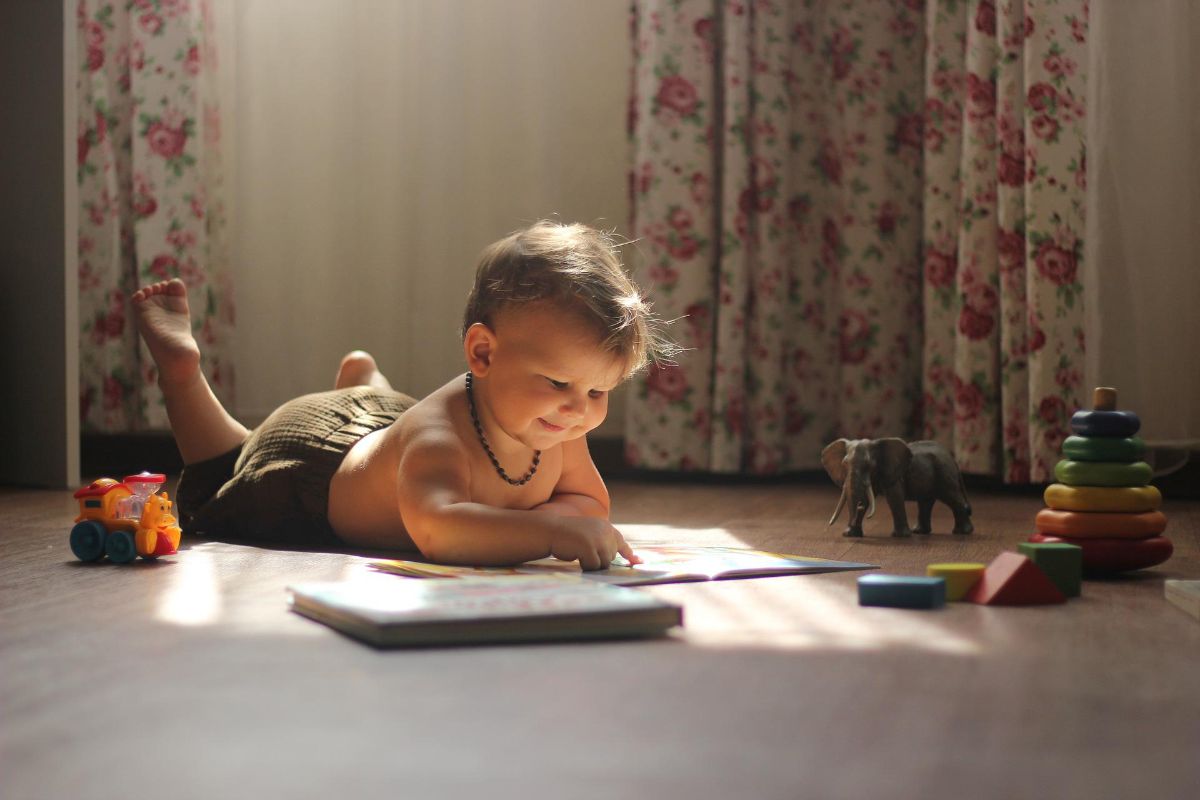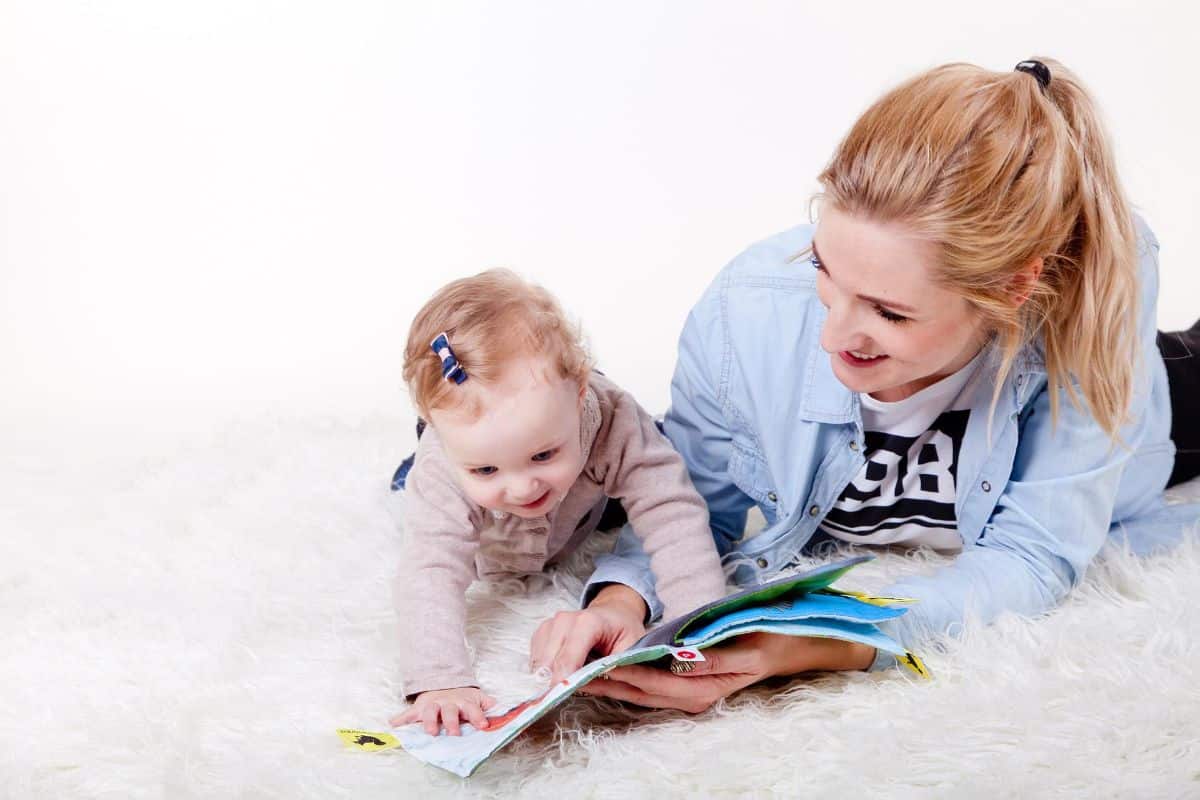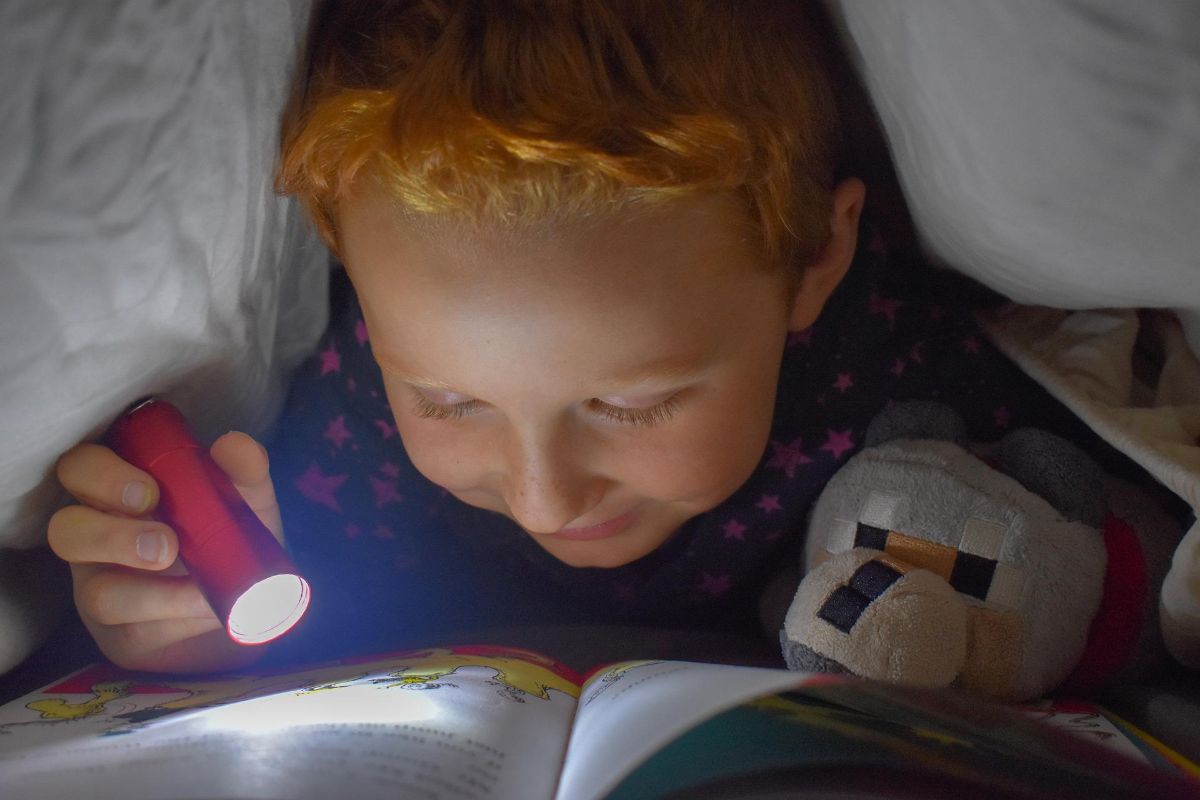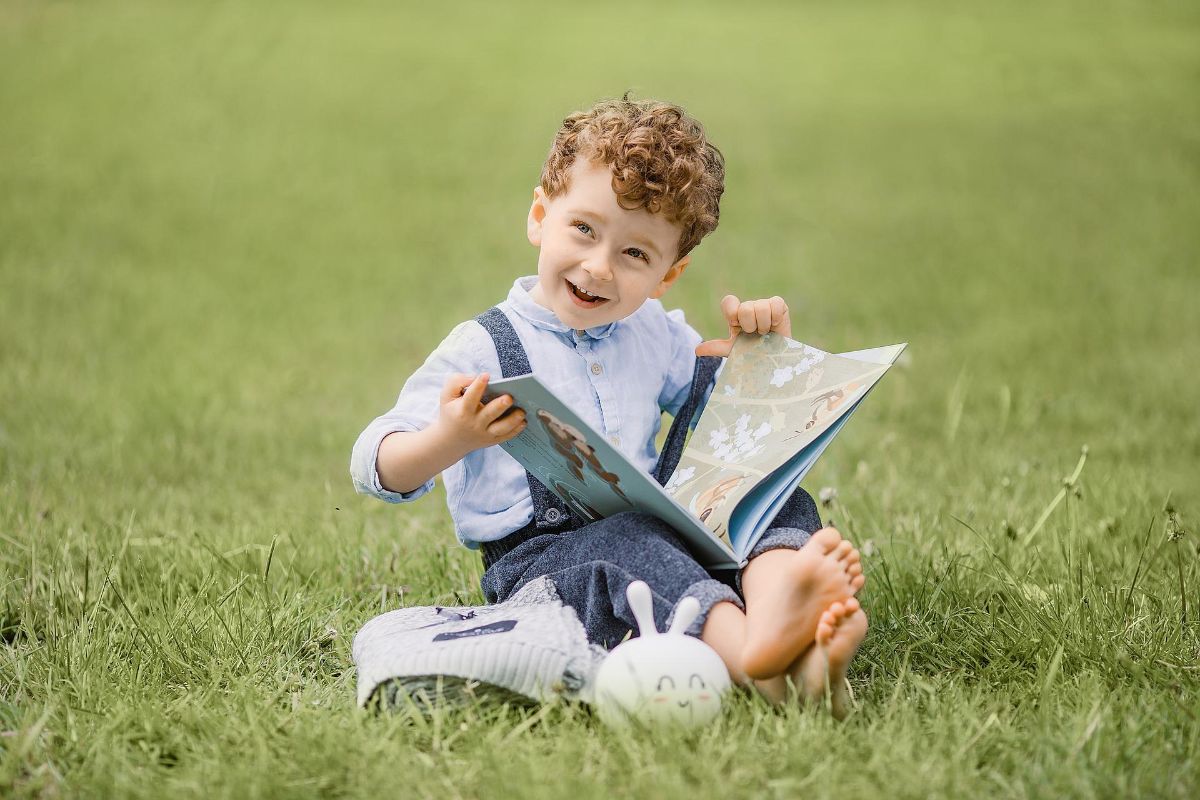
Believe it or not, writing children's stories it is much more complicated than writing a novel. Yes, we're not kidding, it's true. The fact that you have to measure the words very well, make it understandable for children and above all get them to have fun and at the same time learn things is not easy. Do you know how to write children's stories?
If you want to try but you do not know 100% what you should take into account, then we will give you all the keys to do it and, perhaps not having success with the first one, but getting closer to it over time.
Have a good idea
Perhaps the most important thing to write children's stories is to have a good idea. something original, that connects with the children and above all that catches them.
Many times in children's stories the illustrations are given greater prominence than the story itself, when it should be the other way around. It's true that you're going to depend on those pictures to engage younger readers, but it's also you must give them a story that hooks them.
Keep in mind the age of the children

Depending on the age at which you want to focus, the stories will be more or less long. For example, in the case of young children, they will normally look for short books with many illustrations; but for something older they will exceed the number of pages and lower the illustrations.
To give you an idea; you shouldn't make a book for 10-year-olds and expect a 7-year-old to understand it, because normally it doesn't.
Or a book for 3-year-olds that 10-year-olds like. The "softest" thing they'll tell you is that it's too childish for them.
But there is also another reason why you should keep age in mind: the language you are going to use to narrate it.
When children are young, the way they express themselves and how they understand is not the same as when they are older. So you must adapt your language to the age you are targeting to connect with them.
The moment children read or hear something that may seem like it was written for them (for their age) they are hooked. And this is perhaps the most difficult because you have to connect as a writer with your infantile child to "become a child."
control your characters
Once you have defined the age of your story you can determine the characters that will be part of the story. You should know that the younger the children, the there should be less characters, because otherwise they can get involved and not understand it.
En general, it is convenient that there is only one or two main characters only, and a few secondaries, but not much else. As the children get older, you can introduce some more characters, but it is always a good idea to use the minimum possible.
speaking of characters, animals are the most used, because they establish a small bond with the children. That is why, in children's stories, there are many with these as protagonists.
It's time to write

After knowing your audience, the characters and the story, the next step is to start writing. Remember that children's stories are not as long as a novel, but they are you have to summarize the story very well and give all the precise details, no more no less.
If you have mastered everything, it is possible that you will write it in an afternoon, and that you can review it that same day (or the following ones). But if it is longer, you may need several days. What we do recommend is that you do not leave it until you finish it because, otherwise, it will be more difficult for you to resume it and continue in the same style you had.
Review the language of the children's story
You have already finished the story. !! Congratulations!! However, when writing children's stories we make a very common mistake: use language that is not suitable for children. Long phrases, words they wouldn't understand, ways of expressing themselves that they still don't understand...
All this can ruin the original story you have. For this reason, another of the steps you must take is to review the language of the story. Make sure that you have written in a very simple way, with short sentences and that they do not have too many ideas together that could mislead the little ones.
give it to a child

There is no better test to see if a children's story has passed the test than giving it to one child, or several. If the audience is too small, then it is best to tell the story. Only then will you know if the story is good enough so that the children are interested.
For example, if it is a story for very young children, you can tell it to them, either at bedtime, or in the afternoon, to see if it arouses their curiosity. Of course, you already know that when telling it you have to put voices and change the rhythm; otherwise, even if it's good, you're not going to like it.
In the event that the story is for a somewhat more adult audience (but without ceasing to be children), try leaving it to them and giving you their honest opinion. If you like it, if not, what did you like more, what less, what would you add more or what would you remove. All of this can give you an idea of whether you have to tweak the story.
If you want to post it...
Finally, if it has passed through the hands of a child and he has enjoyed it, it's time for you to consider whether to publish it or leave it stored in a drawer.
In the first case, you have two options: On the one hand, send it to the publishers and wait for them to answer you. if they are interested in publishing it (keep in mind that they shouldn't ask you for money to publish with them); or self-publish it yourself. In this case you have an added problem and that is that, unless you are a good illustrator, you will need to pay someone to draw or illustrate parts of the story (because, otherwise, the little ones will not like it). And then you would have to layout it and upload it to publish it (or send it to printers for paper books).
In other words, we talked about investing money in it (but with the aim of making a profit, of course).
Tell us, how do you write children's stories? Would you give any advice to others who want to do it?